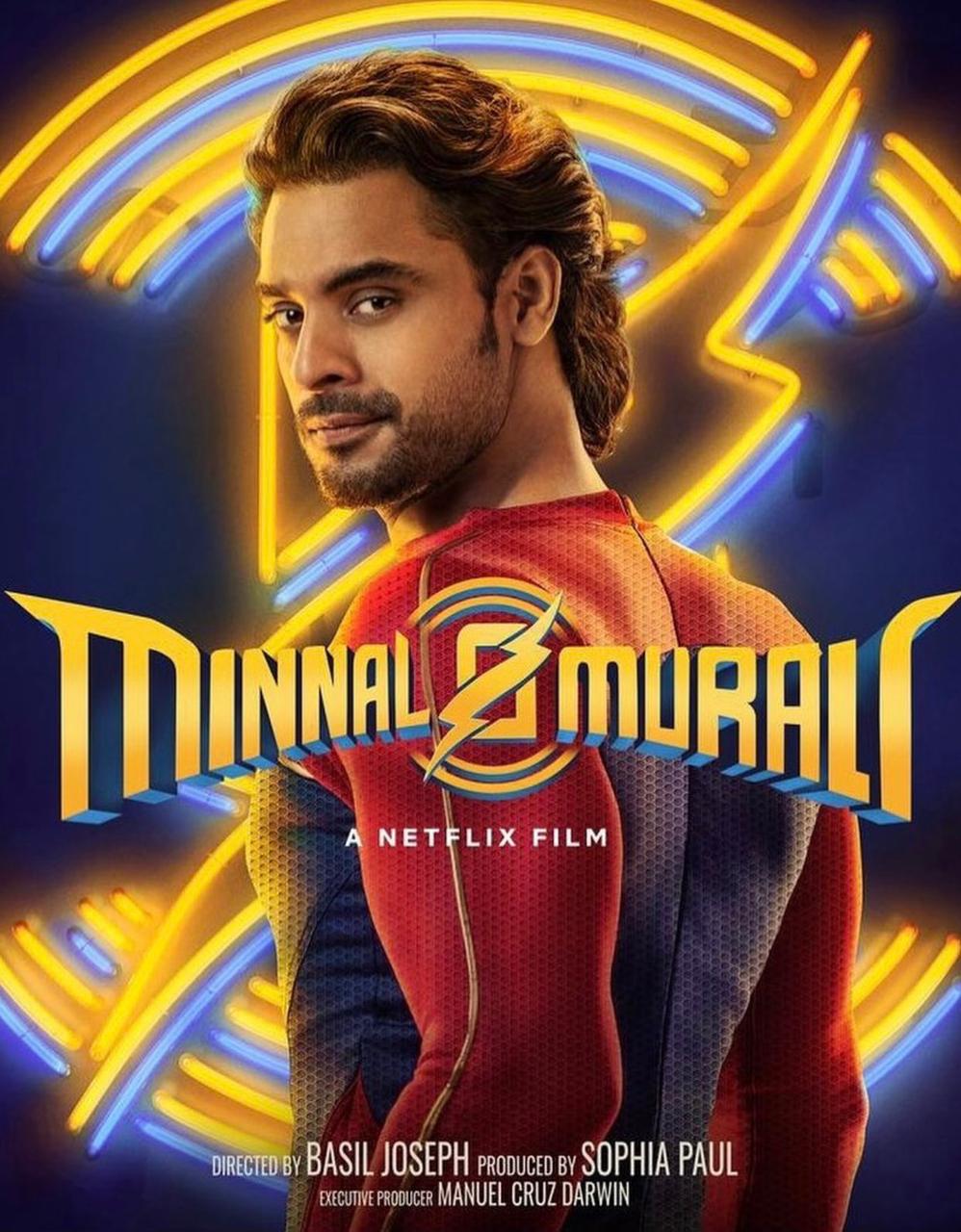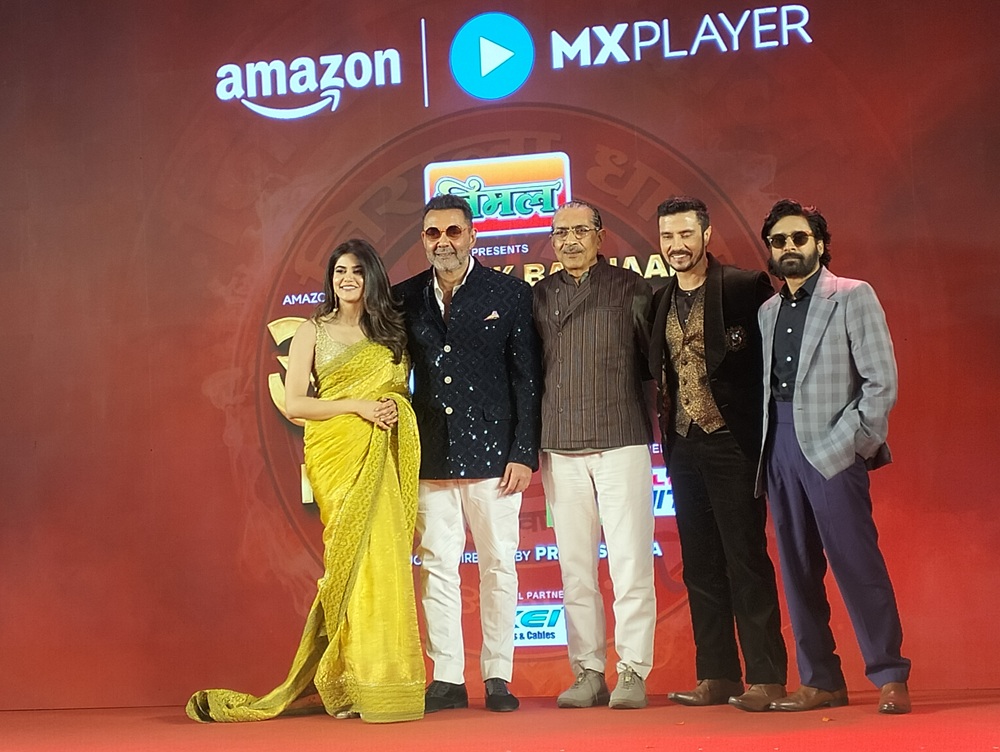
By Navya
The hysterical dialogue “Thangaballikittavaradenajoraodippen!” by Deepika Padukone in Chennai Express, the blockbuster hit of 2013 making SRK go bonkers as to what just happened with her in the middle of her sleep and the constant cheek pulling aunty with “Karooo… Naughty, Naughty” brought to life different languages, cultures, their assimilation and the misunderstanding it creates through movies. While some instantly consumed the content as it is, some started growing interests for other languages. Chennai Express is just one good example and the practice of using other languages in movies has only grown since, which is evident from movies like “Sanam Teri Kasam,” “2 states,” and “Vicky donor.” The practice has been currently making its place in OTT platforms as well, which can be clearly seen in the recent release of Family Man 2.
The much awaited season 2 of Family Man was hailed equally by both the admirers and critics. However, a question has been lingering in the minds of the audience after watching the show: “Why was ‘Tamil’ predominant in a Hindi webseries?” While a few readily adapted the usage of different languages in a regional language web series, others started brainstorming. Leaving all the debates regarding Tamil in Family Man, let’s put it this way that second languages are being used predominantly in regional web series. This has become the hottest trend in OTT platforms, especially in Bollywood.
Although the usage of second language can be clearly seen recently, the influence of other languages and cultures prevailed since olden days. However, it was usually more of a stereotypical view in the olden days. If you are a keen observer, you might have already noted the age-old practice of portraying south Indians with their typical south Indian accent. South Indians or Tamilians, to be specific, used to have a typical slang even in their Hindi or the constant use of “Ayyo” and “Kadavale” were forcefully injected into the scripts to intrigue the audience or as a constant reminder to the audience that the character is south Indian. The creators seem to have evolved from it now. Despite movies and series with second languages gaining immense popularity for their clichéd thoughts, the growing knowledge of the audience has pushed the creators to delve deeper into languages and cultures and to project the pristinity entailed in their languages and cultures.
The same holds ground in “Family Man’s” case. The creator chose to maintain the intactness of both Sri Lankan and Tamilnadu’s regional dialects, despite both languages being of the same family. The intention of not just incorporating second languages and different cultures as a mere part of a script; rather embracing it as a medium of expressing and normalizing different languages and cultures to eliminate the stereotypical views must be lauded and it is a must needed step in current times, while the world is thriving to learn and explore more and more about people, their languages and cultures. With globalization and digital penetration, the audience as an entertainment consumer has evolved leaps and bounds by consuming the movies and shows as informational content rather than holding views and generalizing people and identities as shown on screens.
Web series like Family Man and Money Heist must be seen in the light of education, knowledge, and cultural awareness; rather than just a means of entertainment. Movies and series, for that matter, are one good medium of imparting knowledge and familiarizing people about diverse cultures and rationale behind them to eliminate generalizations, and discriminatory views held by various sections of people. Creators have taken a great step forward, which is a first step in building empathy and tolerance within humanity.
Beginning with little things, this trend took a big step forward in bringing the changes in the mindset of people. For example, a web series or TV show’s fan may not know the meaning of the words “Bella Ciao” but may definitely be able to play the tune of Money Heist in his mind when he hears those words. This might appear to be a very little and fun thing, but don’t you think these small things build into something huge someday in successfully familiarizing, exposing, and thereby building cordial relationship between people of different cultures and languages right from their first meeting. Earlier used as a medium for entertainment, now second languages are used by the creators to actually inculcate and depict the local culture along with their original concept. Hence, if the trend continues, we can soon see a country and a world full of awareness about the practices and traditions of humanity.

Putting everything aside, the creators, knowingly or unknowingly, are letting the below things flow for the benefit of society:
- Wider audience base with the local people getting interested to know what exactly is being depicted apart from the home crowd
- The Audience gets to know the cultural practices not only of their own backyard but beyond it. Two States, based on the bestselling author Chetan Bhagat’s book, depicts how a Punjabi boy marries a Tamilian Brahmin girl at 5 am in the morning. The Punjabis are like who marries so early? We marry in the later part of the evening.
- People especially children who are quick at learning anything shown to them learn subconsciously and keep uttering the new language. It acts as a way for people looking to learn new languages.
- It helps bridge the divide between various parts of India. Till Bahubali happened, south Indian Cinema was only looked at as a mockery of physics and over the top action, but post Bahubali, even Rocky bhai of KGF was given a warm welcome throughout India.
- Netflix offers a wide range of web series and shows not only in English but also in the language it has been originally made, Be it Spanish or French or Turkish or even Russian, second language in OTT platforms has been a dream come true for those who actually wish to learn a foreign language and show off on their resume.
The big question that comes to anyone’s mind is why now? Why is it that people are so focused on creating more content with a second language or releasing it in a language which would attract more people? With internet rates slashing down and internet connectivity reaching the corners of the world, more people resorted to learning online which motivated the creators to create something which would aid the people with information and awareness.
The second season of Family Man released a few days ago depicting the story of LTTE from their perspective and not from the audience’s perspective. Why the LTTE behave as they behave. Don’t you think this is another good thing that the creators have done to enlighten and empathize people with the real and unheard stories of the fighters?
From a mere medium of entertainment, web series have travelled a great distance in enlightening people with true stories and experiences of people from feeding them with logic less cooked up stories. Family Man can surely be termed as one such attempt. In addition to being a mere web series in the thriller genre, Family Man is something more. Something society currently needs to realize is that neither a language nor an individual is inferior to another person. Once perceived deeply, Family Man has so many life lessons to offer, which I think is humanly not possible to delve into with just a write-up, including good vs bad, right vs wrong, and many more. It has taught the film fraternity that an entertainment show can be a good value-adding thing to the lives of the audience besides giving them the much-needed fun they are seeking. The upcoming seasons of Family Man can set a standard for future projects. On an endnote, let’s wish and anticipate more such brilliance and insight in the upcoming web series and movies taking the suit from Family Man to the benefit and joy of the audience.



